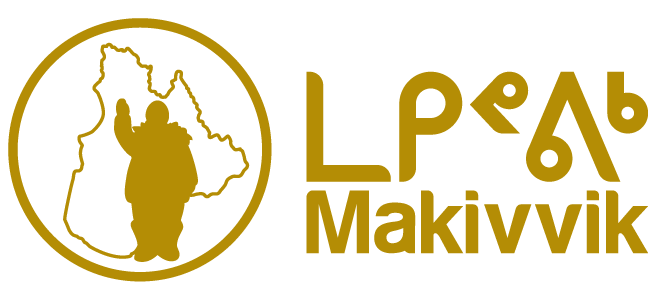In May 2019, following the signature of a Letter of Intent between the Nayumivik Landholding Corporation (LHC) of Kuujjuaq, Makivvik, and the mining company Commerce Resources, the Inuit parties set up a joint Working Group to plan strategic approaches to monitor the progress of the Ashram rare earth elements project located 180 kilometres southwest of Kuujjuaq. The mandate of this Working Group is to increase community-readiness, to set community priorities and expectations related to the proposed mining project development, and to prepare for eventual negotiations of Impacts and Benefits agreements.
The Working Group started its activities and proceedings during the 2020-2021 year as the mining project entered the pre-feasibility stage and environmental and social impacts assessment phase. The Working Group gathered all available information (land use study, public consultation reports, regional Master Plan, external assistance, etc.) to plan in an appropriate manner the proposed mining project and related infrastructures planning that will respond to and address community economic and social development.

To better understand the development of rare earth elements resources, the Working Group travelled from September 19 to 24 to Saskatoon and Yellowknife to meet with different stakeholders involved with the Nechalacho Project, defined as “Canada’s first Rare Earth Mine.” The Working Group met with Cheetah Resources, the project developer, and the Yellowknife Dene First Nation’s Det’on Cho Corporation that creates employment and prosperity for the Dene Nation through its wide range of services companies. The participation of Yellowknife’s Dene First Nation and the support of its leaders is instrumental in the development of the Nechalacho project and the Det’on Cho Corporation in partnership with Det’on Cho-Nahanni Construction, becoming the first Indigenous contractor in Canada to undertake mining within its own traditional lands.


This rare earth mine case-study allowed the Working Group to understand the relationship between the Nation and the mine proponents, the prevailing regulations and permitting process, the extent of the operations, the impacts, and economic benefits in the community. Considering that this Nechalacho project is in no way comparable to the Ashram project because of its scale, its nature and distinct provincial regulations, the Working Group could however reflect on key strategies related to its own Ashram project file.




